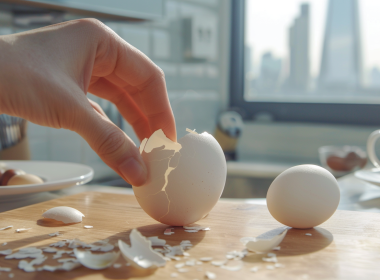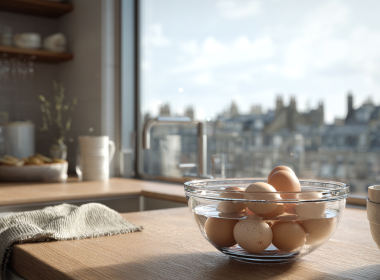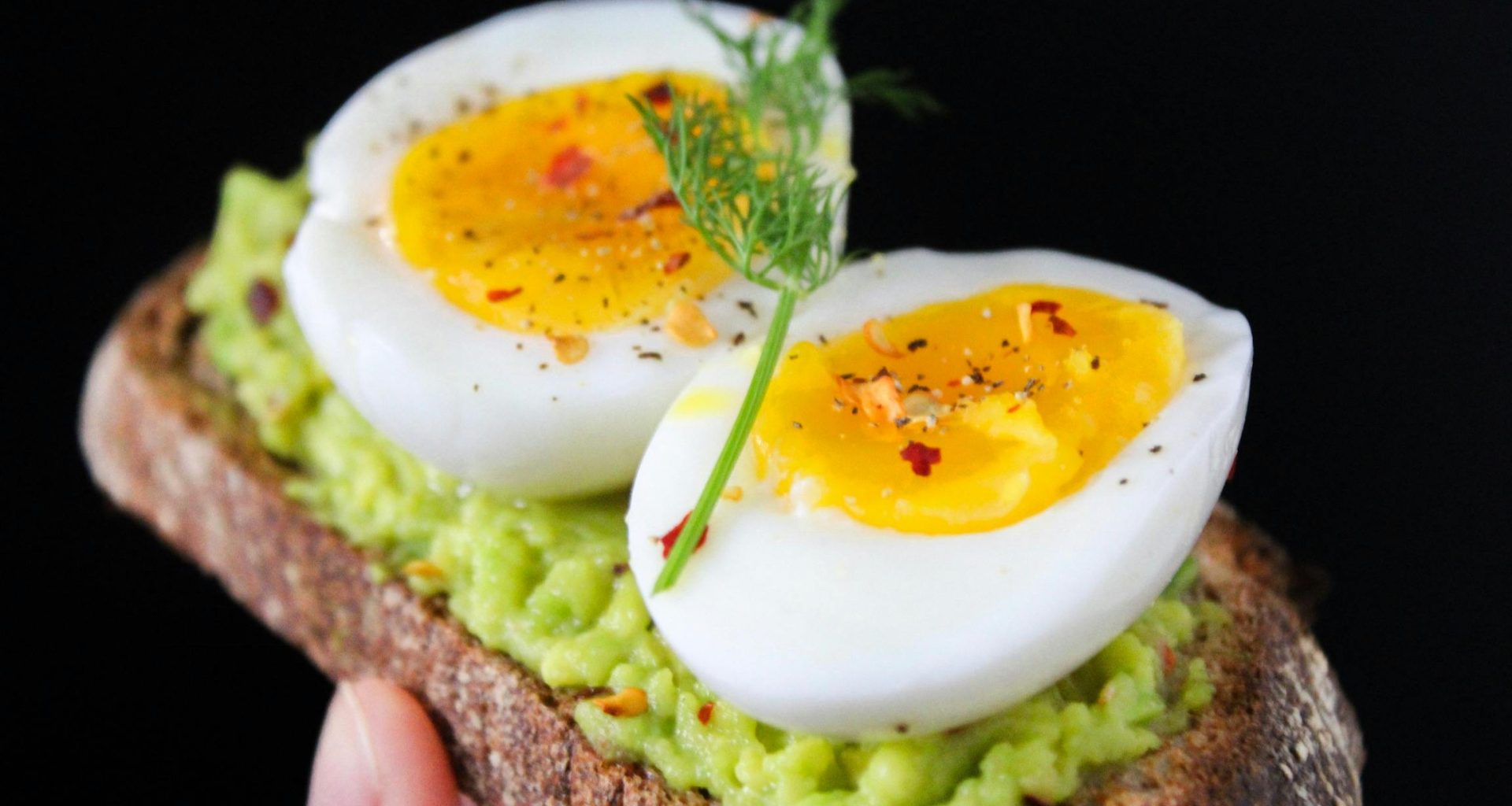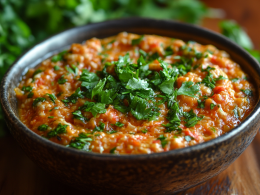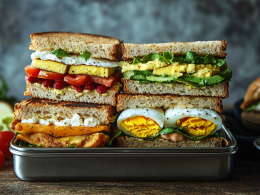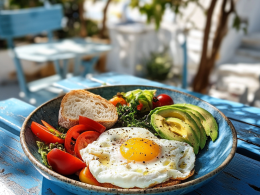Boiling eggs is a simple culinary technique that seems straightforward but often sparks debate: soft-boiled or hard-boiled? Each method has its own unique appeal, making it essential to understand their differences and how to perfect each style. Whether you’re preparing breakfast, enhancing a salad, or crafting a hearty snack, mastering the art of egg boiling can elevate your cooking game.
Soft-Boiled Eggs: Delicate and Velvety
Soft-boiled eggs are known for their tender whites and luscious, runny yolks. They are perfect for dipping toast or adding a rich texture to dishes. To achieve the perfect soft-boiled egg:
- Start with room-temperature eggs to avoid cracking.
- Boil water and carefully lower the eggs into the pot.
- Simmer for 6 minutes for medium-sized eggs or 7 minutes for large ones.
- Immediately transfer the eggs to an ice bath to stop cooking.
This technique ensures a soft yolk while keeping the whites firm yet delicate.
Hard-Boiled Eggs: Versatile and Satisfying
Hard-boiled eggs are a staple for snacks, salads, and meal prep. The key is a firm, fully cooked yolk with no green ring. Here’s how to nail it every time:
- Place eggs in a pot and cover them with cold water.
- Bring the water to a boil, then reduce heat to a simmer.
- Cook for 9–12 minutes, depending on egg size and your desired firmness.
- Cool the eggs in an ice bath before peeling for an easier shell removal.
Hard-boiled eggs are incredibly versatile, whether sliced into salads, mashed into spreads, or enjoyed on their own.
Soft-Boiled or Hard-Boiled: Which Should You Choose?
- Choose soft-boiled if you love creamy textures and rich flavors. They’re excellent as toppers for ramen or avocado toast.
- Opt for hard-boiled for a convenient protein boost or a base for deviled eggs and egg salads.
Both methods are simple, yet each delivers a unique culinary experience. Why not master both and enjoy the best of both worlds?
